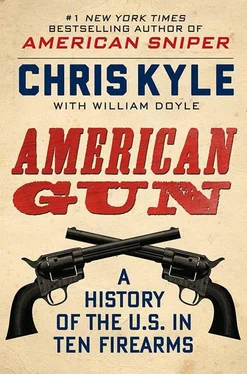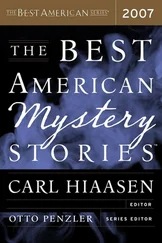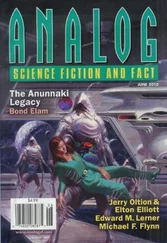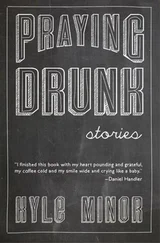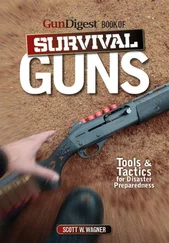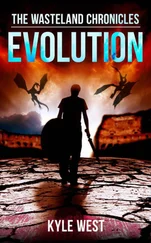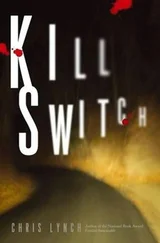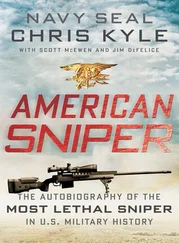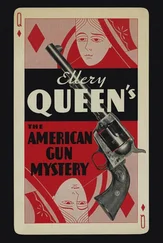Finally, on the afternoon of November 27, 1934, FBI agents and state police caught up with Baby Face in Barrington, Illinois. A wild shoot-out erupted.
Baby Face’s Ford was a mobile weapons vault, stuffed with ammunition, loaded magazines, and guns—including a Tommy gun, a Winchester .351 carbine with extended magazine, and a civilian version of the Browning Automatic Rifle, or BAR. When Baby Face ordered a flunky to open fire with the BAR, he let loose straight through the front window. The roar of the gun in the car could have shattered a skull on its own.
The battle peaked with Baby Face charging the lawmen on foot, blazing away with his Winchester. “It was just like Jimmy Cagney,” remembered eyewitness Robert Hayford. “I never seen nothing like it. That fellow just kept a-coming right at them two lawmen, and they must have hit him plenty, but nothing was going to stop that fellow.”
The lawmen pumped Baby Face Nelson full of lead, but they couldn’t stop him. The wounded outlaw managed to kill two federal agents and somehow drive off. Baby Face died in bed with his wife that night in a safe house, nursing no less than seventeen wounds. He was twenty-four.
On July 22, 1933, George Celino Barnes, aka “Machine Gun Kelly,” took his shot at a big score. The bootlegger and bank robber kidnapped superrich oilman Charles Urschel at the point of a Thompson.
Machine Gun Kelly’s reputation tended to outshine his actual abilities. Despite his nickname, he didn’t use the Tommy gun on many of his outings. But in this case, there is no doubt that he picked his victim wisely. He also turned out to be a man of his word. When Urschel’s family paid off the $200,000 in small bills, the Oklahoma City victim was released unharmed.
But Machine Gun probably hadn’t counted on the FBI getting involved in the case. After a ninety-day nationwide investigation and seventeen-state dragnet, the FBI was able to trace a Tommy gun from a captured gang member. Piecing together other clues, they grabbed Kelly. He was tried, convicted, and put away for life.
Legend has it that Kelly gave FBI agents the nickname “G-men” when he pleaded for mercy during their raid. But that story is an urban legend. People had been using the term on their own for years. Not that facts ever really slow down a good story. Just ask Willie Sutton.
Sutton was one of the last Thompson-toting “gentleman bandits” to be caught. He had a simple reason for using a Tommy gun: “You can’t rob a bank on charm and personality.” Sutton would know: he robbed around one hundred financial institutions in the New York area between the 1920s and his final capture in 1952.
Sutton is the smart-ass who’s supposed to have answered the question “Why do you rob banks?” with the answer “Because that’s where the money is.”
Great answer, but it’s probably another urban legend.
But he did give an answer to the question in a book he wrote after his capture, and it makes just as much sense as the other one. “Because I enjoyed it,” he said. “I loved it. I was more alive when I was inside a bank, robbing it, than at any other time in my life.”
After the repeal of Prohibition in 1933, the Tommy Gun Wars petered out. Meanwhile the company was close to going bust pretty much through the 1930s. A few government contracts helped keep it alive, but the books were filled with red ink when John Thompson died in 1940. The majority shares of the company ended up with Russell Maguire, who reorganized the firm just in time for World War II.
After the Japanese attack on Pearl Harbor in December 1941, the company suddenly had more business than it could handle. The Tommy gun was the only proven light machine gun available, and in a reversal of fortune, soldiers embraced its bad-boy reputation. Great Britain ordered several thousand Thompsons; the compact guns became favorites in their elite commando units. Once when Prime Minister Winston Churchill spotted a British soldier with one, he borrowed it and posed for a photo. The picture became famous as an “F-U” to the Nazis.
The gun Churchill flashed had a drum magazine. Soldiers used both the drum and a smaller, though easier to carry, stick mag. The kits sold to the Brits came with two round drums and four stick magazines. There was also a thousand rounds of ammo, which probably lasted about as long as snow in south Texas. The contractor that supplied the cases, Savage Arms in New York, got $225 for each weapon set.
More than a million Thompsons were ordered by various branches of the American military, including new versions that were improved and tweaked for mass production. Despite occasional complaints of jamming and control problems, the Thompson proved to be a winner.
“It was the perfect weapon for close-defense,” said one Army colonel. “Carrying one provided perhaps the best life insurance a man could have.”
Short-barreled and firing the bruising .45 ammo, the Thompson was ideal for commando operations behind the lines. There were a lot of those missions. The commander in chief, Franklin D. Roosevelt, was a big booster of special-op forces, and seems never to have heard of a commando raid he didn’t like. Unlike some later presidents, he kept asking for more.
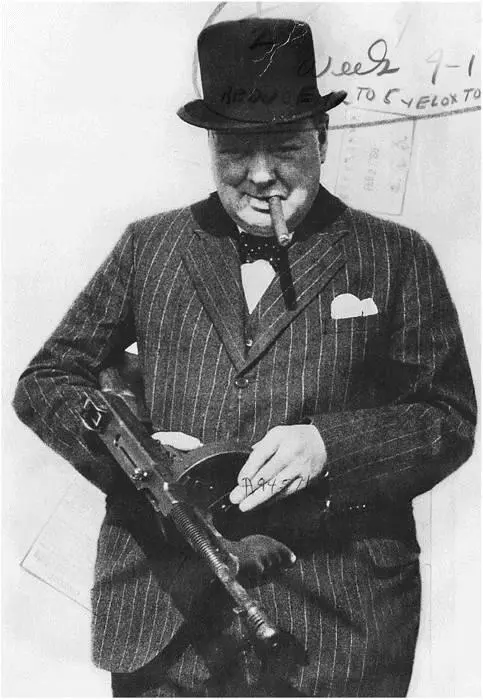
A dapper gangster? No, that’s Winston Churchill testing a Thompson, July 1940.
In the Pacific Theater, Thompsons were used by the 2nd Marine Raiders, nicknamed “Carlson’s Raiders” after their commander, Major Evans Fordyce Carlson. The major explained to FDR that the ten-man squads were designed for “high mobility” and “maximum fire power.” The squads packed five Thompson submachine guns, four M1 Garands, and one Browning Automatic Rifle. Often they would be deployed via submarines and inflatable rubber boats on missions that took them deep behind Japanese lines.
When landing at a target, the Raiders locked a circular 50-round ammo drum into their Thompsons. When it was empty, they chucked it and slapped in an easier-to-carry 20-round stick. The Raiders brought their Thompsons along on August 17, 1942, when they wiped out the Japanese base on Makin Island in one of the earliest ground attacks waged by U.S. forces in the war. And the Tommy gun was along on their legendary thirty-day “long patrol” through fiercely defended Japanese territory in the jungles of Guadalcanal in November and December 1942. The unit took down some five hundred enemy soldiers, at a loss of just eighteen of their own.
Elsewhere in Asia and the Pacific, General Joseph Stilwell toted a Thompson through Burma, and General Frank Merrill’s “Marauders” deployed Thompsons in commando attacks behind Japanese lines.
The Thompson served in Europe as well. On D-Day—June 6, 1944—First Lieutenant Harrison C. Summers and his brothers in the elite 502nd Airborne regiment liberated St.-Germain-de-Varreville, France, close to Utah Beach. Summers was then ordered to attack and capture a building complex simply called WXYZ on a field map.
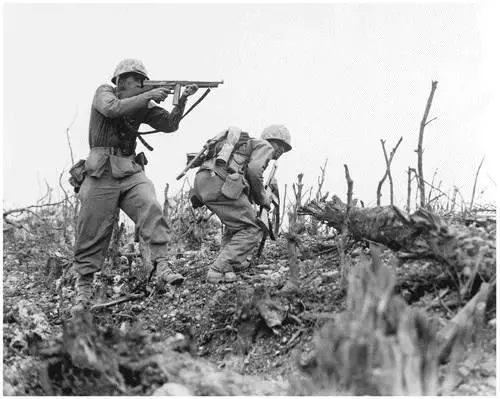
“A Marine of the 1st Marine Division draws a bead on a Japanese sniper with his tommy-gun.” Okinawa, 1945.
National Archives
Following orders, the paratrooper and two buddies located WXYZ and charged in. What they didn’t know was that the building housed the barracks for at least a hundred German soldiers.
It took five hours, but when Summers emerged, thirty Nazi soldiers were dead, fifty were prisoner, and the building was secure. “Summers is a legend with American paratroopers,” noted popular historian Stephen Ambrose, “the Sergeant York of World War II. His story has too much John Wayne/Hollywood in it to be believed, except that more than ten men saw and reported his exploits.”
Читать дальше
